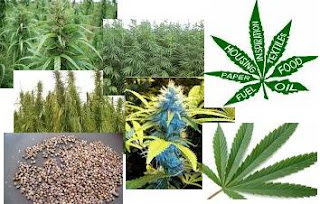Your child may be breathing high levels of dangerous pollution inside their school bus, including diesel exhaust, fine particles and carcinogens. Studies of air inside old diesel school buses found high levels of a wide list of pollutants, with consistently higher levels than outdoor air.
Protect children's health by advocating for the use of clean diesel school buses. While all buses emit pollution, buses with cleaner equipment installed can reduce the amount of pollution your child breathes.
Ventilate To Control Humidity
Properly ventilating your home is one of the best ways to protect and improve air quality. High levels of moisture in your home increase dampness and the growth of mold, which not only damage your home but threaten health. Dampness and mold are linked to increased wheezing, coughing and asthma attacks in people with allergies. Normal daily household activities -- including cooking, washing and even breathing -- produce water vapor, so having adequate ventilation is essential to remove moisture from the air.
Try these dehumidifying tricks to keep the humidity in your home below 50%.
- Install and run exhaust fans in bathrooms to remove unhealthy moisture and odors from your home.
- Make sure that vents exhaust air outdoors and not into other parts of your home.
- Remove any mold damage or growth and fix all leaks.
Beware of Dry Cleaning Chemicals
Dry cleaning solvents are strong chemicals, and can be toxic to breathe. Let dry cleaned items air outdoors before bringing them inside. Hanging them on an outdoor clothesline will prevent many of these chemicals from entering your home.
Beware Of Old Lead Paints
Keeping the air clean within the walls of your home starts with the walls themselves.
Lead-based paints can still be found in homes built before 1978. Any peeling, chipping or chalking of lead-based paint can increase the risk of unhealthy lead exposure. Young children risk delays in mental development, lower IQ and behavioral problems from inhaling lead paint dust. Some of those damages can be permanent.
Remodeling that requires sanding, scraping or removing walls will release paint dust into your living space. However, you can reduce the risk if you take the proper steps. The Environmental Protection Agency offers these six recommendations:
- Keep areas where children play as dust-free and clean as possible.
- Leave lead-based paint undisturbed if it is in good condition; do not sand or burn off paint that may contain lead.
- Do not remove lead paint yourself.
- Do not bring lead dust into the home.
- If your work or hobby involves lead, change clothes and use doormats before entering your home.
- Eat a balanced diet, rich in calcium and iron.
Get professional help for peeling paint or remodeling if your home was built before 1978. Older homes likely have lead-based paint on the walls, doors and trim. Inhaling the lead paint dust can be harmful to your health and professionals can help you stay safe.


